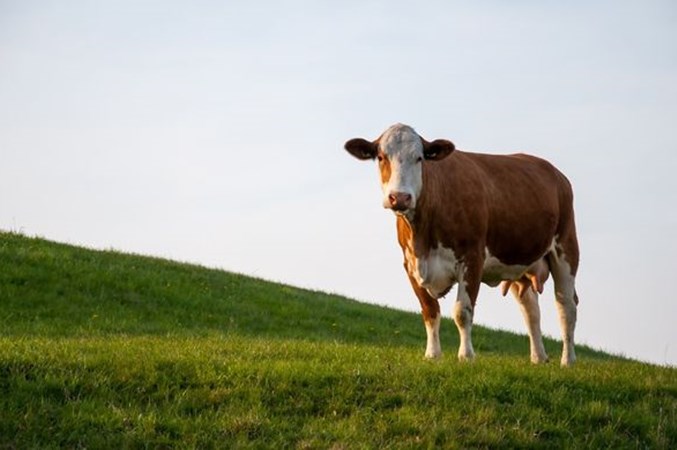Approximately 70 percent of chickens raised for meat globally are raised in intensive farming systems. This includes almost all chickens grown in the US, UK, and Europe, as well as rapidly increasing numbers in developing countries. Their short lives are often spent in pain from their rapid weight gain in overcrowded, filthy sheds with no access to the outdoors, fresh air, or sunlight.

Inside the intensive chicken shed
US broiler sheds are generally bare except for water and food, with no natural light. There is litter on the floor, which is typically only fully cleaned out every few years, meaning the birds are forced to live on top of the droppings of thousands of birds. Contact with feces-filled, damp litter can cause lesions, pain, and infections on the birds’ legs (called hock burns), feet, and chest.
The air can become highly polluted with ammonia from the droppings. This can burn and irritate the chickens’ eyes and their respiratory systems.
Chickens confined in these barren sheds are not able to make adjustments within their environment to avoid heat, cold, or other birds as they would do in natural conditions.
It can get very hot inside the sheds, especially in warmer months. If the ventilation systems fail, thousands of birds can die within hours.

Fast growth
Traditional domestic breeds of chickens, like the ancestors, junglefowl, can live to eight years or more. However, unlike laying hens or their wild ancestors, today’s broiler chickens are bred to grow very quickly and to develop very large breast muscles to maximize their white meat yield.
Over the last century, the slaughter age of a standard fast-growing broiler chicken decreased considerably, and their body weights have also significantly increased. Under today’s intensive farming methods in the US, a broiler chicken will only live for 47 days before being slaughtered weighing in at 6.5 lbs. In contrast, a broiler chicken in the 1950s took 70 days to reach less than half that weight of 3 lbs.
As a result of growing so big so quickly, broilers spend much of their time lying down and many suffer from painful lameness as their legs are unable to support their heavy body weights. Research has shown broilers with painful leg conditions will even choose to eat less desirable feed once they learn it contains analgesia for pain relief. Rapid growth also puts additional strain on the chickens’ hearts and lungs and many die before they make it to slaughter.
Overcrowding
A single broiler shed often houses tens of thousands of birds. Each chicken receives slightly more space than the size of an iPad.
Chickens in overcrowded sheds lack the space to exercise, are disturbed or walked over, and are scratched by other birds while they are resting. They have less and less space to move as they grow larger and may find it difficult to reach food and water if they are lame. They are unable to forage as they would naturally and lack any opportunities to get off the ground and perch.
Feed restriction of breeders
Some broiler chickens are allowed to live until sexual maturity to breed. Their food intake is often severely restricted—otherwise, their fast growth would damage their health and ability to reproduce. As a result, these breeding chickens can be chronically hungry and become frustrated. They will often take out their stress by injuriously pecking and cannibalizing other birds.
Preparing for slaughter
Before transport to slaughter, broilers are usually deprived of food for several hours. Catching, crating, and transport are stressful, and can result in bruising, broken bones, and other injuries. Around 30 million broilers die during transport every year in the US alone.
Live-shackle slaughter
At the slaughterhouse, chickens are typically hung by their feet on shackles while conscious, which is known to be painful, particularly as leg problems are common. Usually, the birds are “stunned” by being dipped, headfirst, into an electrified water bath before their throats are cut. This stunning is sometimes ineffective: the struggling birds may raise their heads and miss the water, or the birds are only paralyzed by the electric shock but still fully aware, resulting in birds having their throat cut while fully conscious.
There are more humane alternatives to intensive chicken farming.

